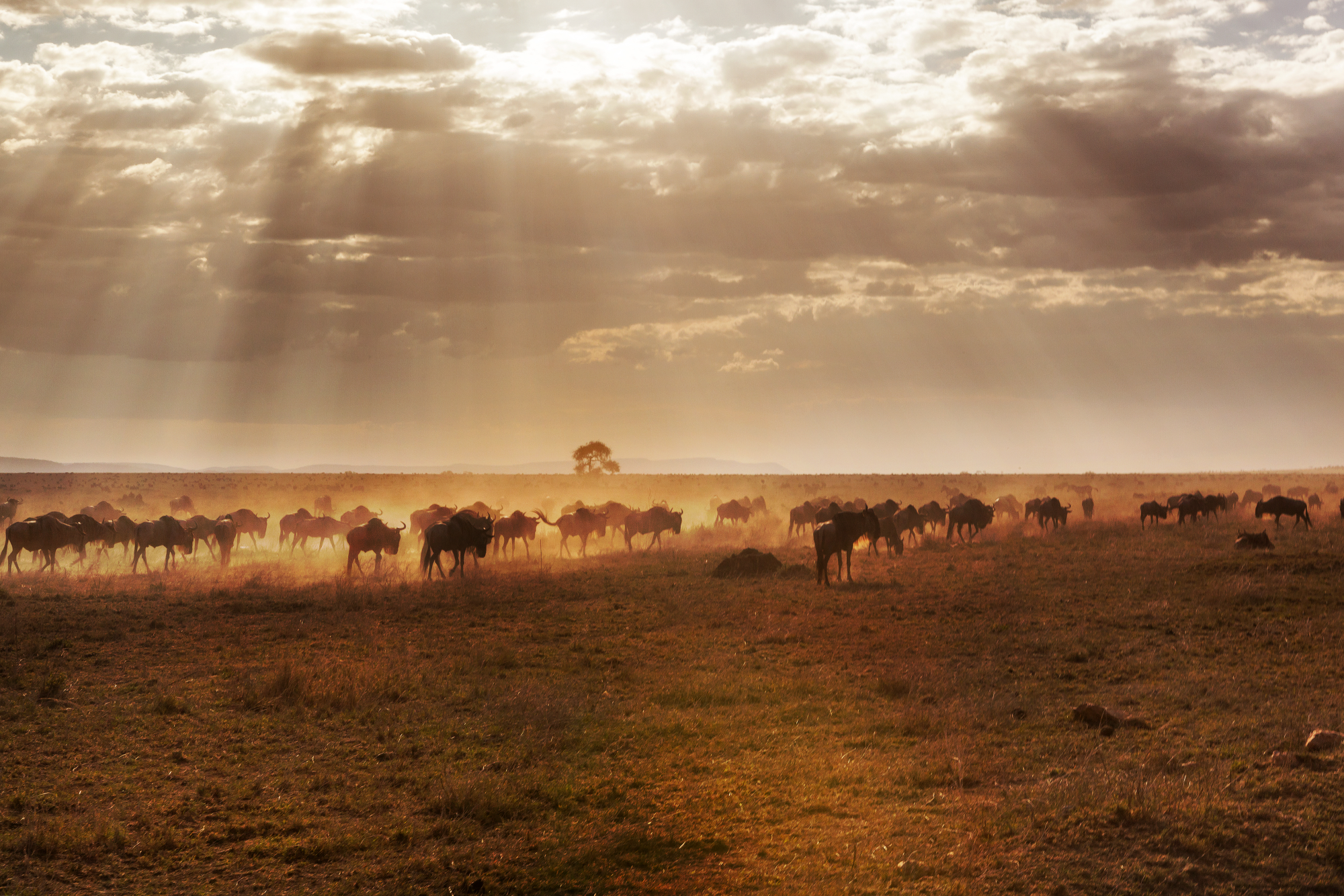Large carnivore conservation faces challenges due to their extensive habitat needs, low reproduction rates, and conflicts with humans. Trophy hunting, used to support conservation, targets species like South African leopards, which are also subject to retaliatory killings. This study used a stochastic population model to compare the impacts of trophy hunting and retaliatory killing on leopard populations. Results showed retaliatory killing has a stronger negative effect on population persistence than trophy hunting. Although extinction risk within 25 years is low, significant risks of population decline raise concerns about leopard viability. The study suggests that mitigating human-wildlife conflict may be more effective for leopard conservation than limiting trophy hunting. Accurate data on retaliatory killings are crucial for assessing sustainable hunting. Overall, conflict reduction and careful management are key to balancing conservation goals with human interests.

